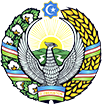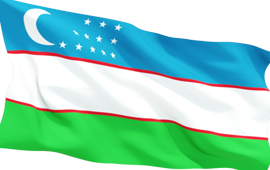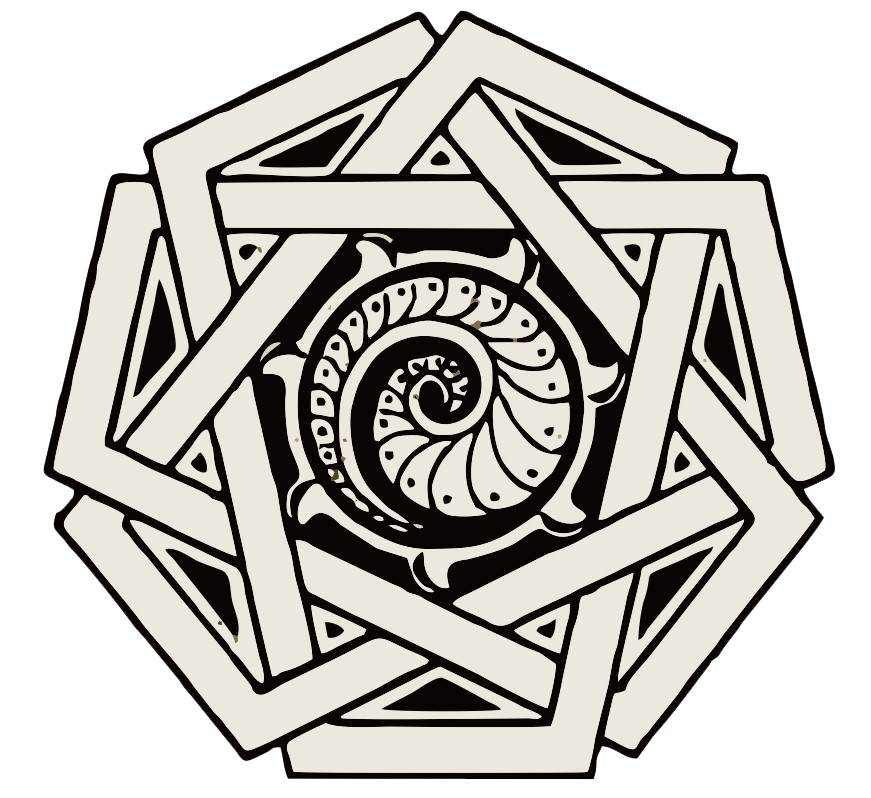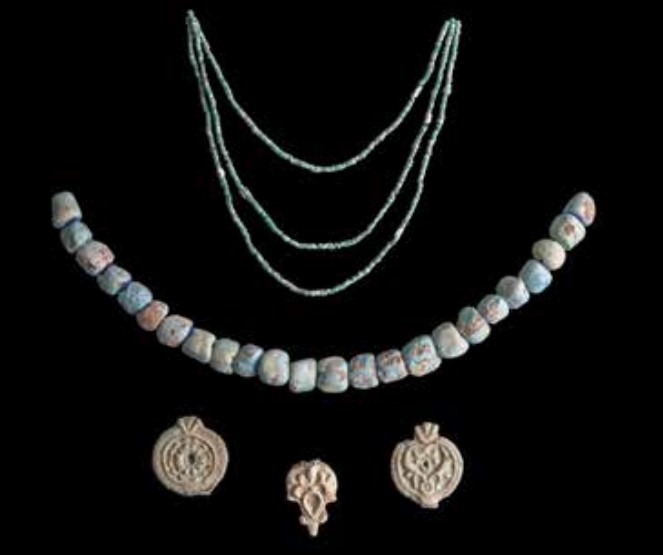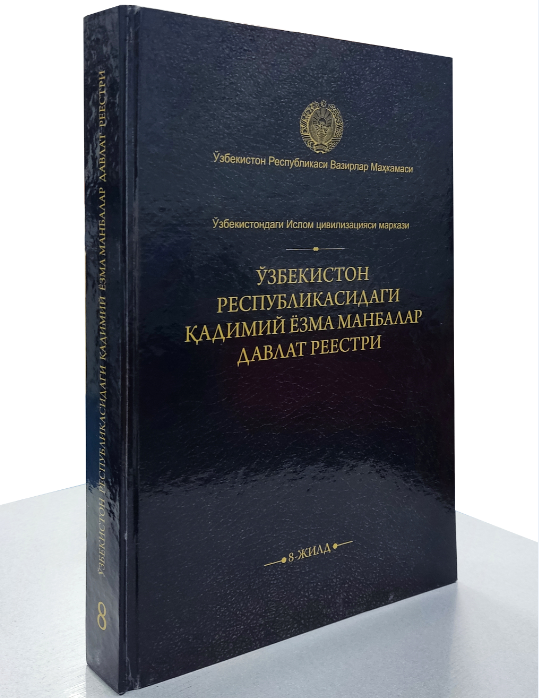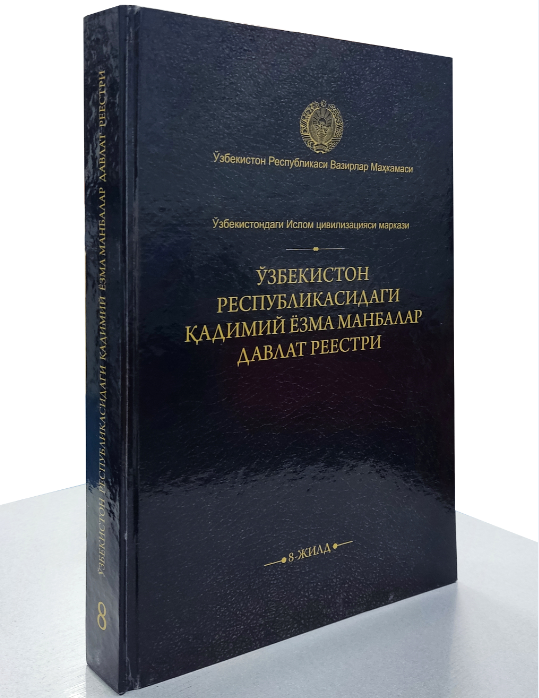Women's jewelry Samarkand. Afrasiab. VII–VIII centuries. Samarkand State Museum-Reserve
After the Arab conquest, Islam began to spread in Central Asia in the VIII–IX centuries. Historical sources state that Islam entered the territory of presentday Uzbekistan and that the country was then called Movarounnahr. In the IX–XII centuries in Movarounnahr science and culture were highly developed in connection with Islam. In Movarounnahr, along with science, culture and art, applied arts also flourished, and many handicrafts and textiles were produced. Our ancestors made a great contribution to the development of world science and culture. Various gray and cotton fabrics, carpets, copper and ceramics dyed with natural dyes were delivered to all Eastern markets by large caravans.. Along with the development of local handicrafts, trade relations with other countries have also developed, as evidenced by the import of imported silk and various other fabrics.With the advent of Islam in Transoxiana and the spread of Islamic teachings, the spread of Islamic knowledge among the population became widespread. From then on, the country began to pay attention to the appearance, aesthetics and morals of man, based on the laws of Islam-
ic Sharia. This has led to the rise of Islamic culture in the Transoxiana..Information about the dress culture of these periods is almost non-existent, but it is possible to gain a general understanding of clothing. Since Islam is a perfect religion, it sets high standards of culture and morality. In Islam, there were specific rules of dress code.In the Islamic Shari’ah, it is strictly stated that clothing should not be narrow enough to make the human body visible, and should not be transparent enough to show off the skin. Therefore, after the entry of Islam into the terri-tory of Movarounnahr, the garments were worn in accordance with these instructions in the Shari’ah. Historical sources state that men’s and women’s clothing consisted of a wide range of shapes, many layers. It is also emphasized that the head covering is an integral part of the dress and that it is obligatory to perform the prayer in Islam while wearing the head covering. In everyday life, the form and method of wrapping turbans for men and headscarves for women have changed to some extent over the centuries, but the basis has been preserved..Cotton was widely grown in Movarounnahr, and most of the population’s clothing was made of cotton. The Movarounnahr people also wore clothes made of tea, silk, wool and linen.In Islam, the practice of wearing white clothes has led to an increase in white and light clothing. As Islam is a religion of cleanliness, serious attention is paid to keeping clothes clean and tidy. Therefore, the people of Movarounnahr payed special attention to the top-to-bot tom appearance, dressed well and tastefully in accordance with their ability and status. Men’s clothing was mainly made of white, gray and brown fabrics. Their underwear and outerwear are shaped to widen towards the skirt, the tops are long and narrow towards the palms. The clothes, of course, were worn one after the other over the underwear, forming a multi-layered structure, and the men often wore a cloth-sewn veil over their shoulders.
The hat was listed as part of the dress, and hats of various shapes, hats are worn, and a turban is intricately wrapped around it. The technology of cutting and sewing hats, the quality of the fabric has been perfected for centuries.The shoes come in a number of styles and were made of ethical shoes that are sewn to make them comfortable to wear and clean in everyday life. Men often wore boots made of soft leather.The women’s dress was made of white, blue, and purple fabrics, and they were wide and straight, with long sleeves. Dresses made of knitted fabric were rarely worn. The shape of such dresses was also long. The women wore headscarves and covered their faces with non-mahrams. They first covered their faces with one shoulder piece of the outer garment, and later it became customary to throw the outer garment over their heads. Women wore as many new clothes as possible on holidays and celebrations, adorned with jewelry and ornaments.
Kuzieva Malika History of Uzbek National Dress of the Khanate Period
